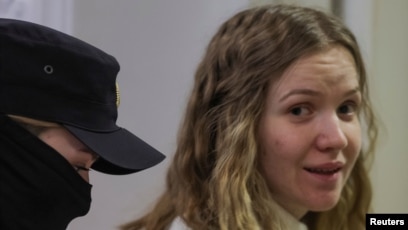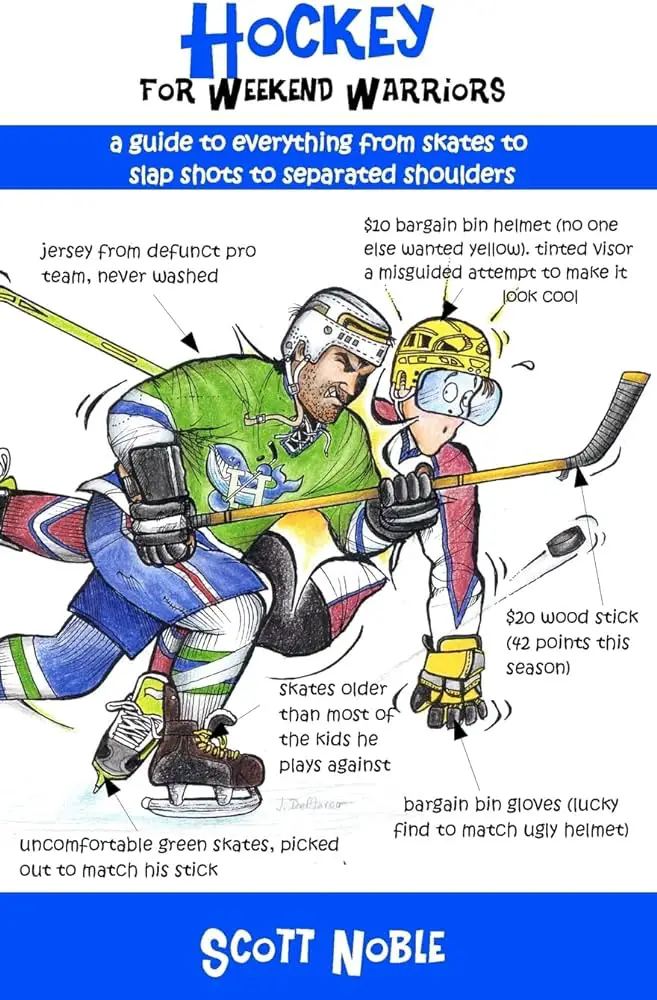Tinted visors are generally illegal in high school football due to safety concerns and are restricted in the NFL to ensure visibility for medical personnel. While tinted visors offer benefits such as sun protection and reduced glare, players must adhere to the rules set by the NFHS and their state’s regulations.
In high school football, there are specific regulations regarding the use of tinted visors on helmets. These rules aim to prioritize safety and ensure clear visibility for players and medical personnel. Tinted visors are generally considered illegal due to the potential risk they pose during gameplay.
The National Federation of State High School Associations (NFHS) and individual state regulations set the guidelines for equipment in high school football, including the use of visors. While players may find tinted visors beneficial for protecting their eyes from the sun or reducing glare, they must comply with the regulations to avoid penalties or disqualification. It is important for players, coaches, and officials to be aware of these rules to maintain a fair and safe playing environment.

Credit: www.rferl.org
Table of Contents
Exploring Tinted Visor Rules
Tinted visors have gained popularity in sports, offering benefits such as sun protection and reduced glare. However, the use of tinted visors is subject to strict regulations to ensure safety and fair play.
High School Football Regulations
Tinted visors are generally illegal in high school football due to safety concerns. The National Federation of State High School Associations (NFHS) sets strict regulations to minimize risks and ensure player safety. While players may be drawn to the style and functionality of tinted visors, safety considerations take precedence in high school football.
Nfl Guidelines
In the NFL, the use of tinted visors is restricted to ensure visibility for medical personnel. The league has specific regulations to maintain visibility, allowing medical staff to assess players’ conditions effectively. The NFL prioritizes player welfare and fair competition while balancing the use of equipment such as tinted visors.
Legal Aspects Of Tinted Visors
When it comes to tinted visors, players in high school football must comply with NFHS regulations. Tinted visors, while offering benefits like sun protection, are generally illegal due to safety concerns. Rules set by the NFHS and state guidelines govern the use of tinted visors during gameplay.
Safety Concerns
Tinted visors in high school football are generally illegal due to safety concerns. The National Federation of State High School Associations (NFHS) has specific regulations in place to minimize the risk of injuries and ensure the visibility of players on the field. Although tinted visors may offer certain benefits, such as reducing glare and protecting against the sun, the potential hazards outweigh these advantages.
One of the main safety concerns associated with tinted visors is the obstruction of clear vision. In a fast-paced game like football, where split-second decisions can make a significant difference, having a clear view is crucial. Tinted visors can hinder a player’s ability to see other players, potential obstacles, or even the ball itself, increasing the risk of collisions and injuries.
Additionally, tinted visors may interfere with the perception of depth and distance. Football requires precise timing and coordination, with players needing to accurately judge the positions and movements of their teammates and opponents. Distorted depth perception due to tinted visors can lead to misjudgments and potential accidents on the field.
Sun Protection And Glare Reduction
While tinted visors may not be allowed in high school football, they do provide certain benefits when it comes to sun protection and glare reduction. Exposure to the intense sunlight during outdoor games can be harmful to the eyes, causing discomfort, temporary vision impairments, and long-term damage.
Tinted visors act as a shield against harmful UV rays, helping to protect the eyes from sunburn, photokeratitis (snow blindness), and other sun-related conditions. By reducing the amount of direct sunlight entering the eyes, tinted visors can prevent temporary or permanent damage to the cornea and retina.
In addition to sun protection, tinted visors also help reduce glare. Glare from the sun or stadium lights can be distracting and impair vision on the field. By filtering out excessive brightness, tinted visors allow players to focus better and perform at their best without squinting or being temporarily blinded by glare.
It’s important to note that these benefits, while significant, are not enough to disregard the safety regulations set by the NFHS and state authorities. Players must prioritize their safety and adhere to the rules, ensuring a fair and secure playing environment for everyone involved in the game.
Insights On Equipment Regulations
When it comes to sports equipment, it’s crucial to ensure safety and compliance with regulations. In the world of football, one particular piece of equipment that has sparked some discussions is the tinted visor. While tinted visors offer benefits such as sun protection and reduced glare, players must adhere to the rules set by the NFHS and their state’s regulations. Let’s take a closer look at these regulations and what they entail.
Nfhs Standards
The National Federation of State High School Associations (NFHS) serves as the governing body for high school sports across the country. Their standards play a crucial role in ensuring uniformity and safety on the field. When it comes to tinted visors, the NFHS has specific guidelines that must be followed. According to their rules, tinted visors are generally illegal in high school football due to safety concerns. This is to ensure that visibility is not compromised for both players and medical personnel. It’s important for players to understand and respect these regulations in order to avoid penalties or potential injuries.
State-specific Rules
In addition to the NFHS standards, each state has the authority to establish its own rules regarding football equipment. This means that the regulations surrounding tinted visors may vary from one state to another. It is essential for players, coaches, and officials to familiarize themselves with the specific rules and interpretations in their respective states. Some states may allow tinted visors, but with restrictions on tint darkness or specific conditions for use. Others may enforce a complete ban. By staying up to date with the state-specific rules, players can ensure they are in compliance and able to play without any issues.
It’s important to note that these regulations exist for the safety and well-being of all participants. While tinted visors may offer certain advantages, the risk of impaired visibility outweighs the benefits. By adhering to the rules set by the NFHS and their state, players can prioritize safety and maintain a level playing field. It’s always better to be safe than sorry when it comes to sporting equipment, and following the equipment regulations is an integral part of that.
Debating The Use Of Tinted Visors
Consistency In Rules
When it comes to tinted visors, one of the major points of debate revolves around the consistency in rules across different levels of play. The regulations concerning the use of tinted visors vary considerably between high school, college, and professional football leagues. For instance, while some leagues like the NFL have strict guidelines for tinted visors, high school football often bans them altogether due to safety concerns. This inconsistency raises questions about the need for standardized rules for tinted visors across all levels of play, ensuring that players are subject to the same regulations regardless of where they compete.
Players’ Perspectives
Many players advocate for the allowance of tinted visors, citing the benefits they provide in terms of sun protection and reduced glare. However, players recognize the importance of safety regulations and acknowledge the need to balance personal preferences with the rules set by the National Federation of State High School Associations (NFHS) and their respective state regulations. The debate surrounding tinted visors reflects the players’ desire to utilize equipment that enhances their performance while also adhering to the prescribed safety standards, indicating the significance of considering the perspectives of those directly affected by these regulations.
Popularity Of Tinted Visors
Tinted visors have gained widespread popularity among athletes due to their style and functionality.
In Professional Football
Professional football players often opt for tinted visors to shield their eyes from the sun’s glare, enhancing visibility on the field.
Impact On Players
Tinted visors can positively impact players by reducing glare, offering UV protection, and enhancing their overall performance.

Credit: www.amazon.com

Credit: www.my-equipment.com
Frequently Asked Questions On What’s The Rule On Tinted Visors? Insights Into Equipment Regulations
What Are The Rules For Tinted Visors In High School Football?
Tinted visors are generally illegal in high school football due to safety concerns. Players must adhere to NFHS and state regulations.
What Are The Rules For The Visors In Piaa Football?
The rules for visors in PIAA football state that the eye shade cannot extend below the cheek bone and should not be wider than the eye socket. If a player’s visor does not meet these standards, they must either remove it or comply with the PIAA interpretation before participating in the game.
Tinted visors are generally not allowed in high school football due to safety concerns.
Are You Allowed To Wear A Tinted Visor?
Tinted visors are generally prohibited in high school football due to safety concerns. The NFL also restricts tinted visors to ensure visibility for medical personnel. Players must follow the rules set by the NFHS and their state’s regulations.
Are Tinted Visors Legal?
Tinted visors are generally illegal in high school football due to safety concerns. The NFL restricts them to ensure visibility for medical personnel. While offering sun protection and reduced glare, players must adhere to NFHS and state regulations.
Conclusion
Understanding the regulations on tinted football visors is crucial for players and coaches. Whether in high school or professional leagues, adherence to these rules ensures safety and the integrity of the game. While tinted visors offer benefits, it’s essential to comply with NFHS and state regulations for fair and safe gameplay.
